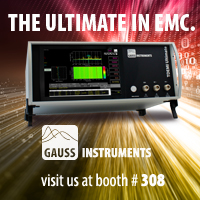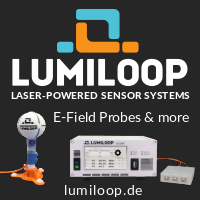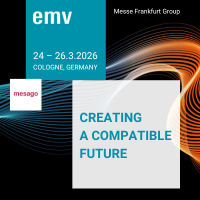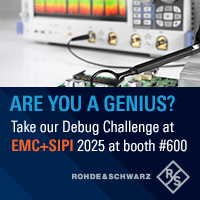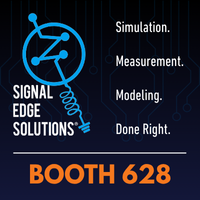Special Sessions
Tuesday, August 19th
(SS_1) Electromagnetic Information Security and Its Countermeasures
Sponsored by TC-5
Chair: Yuichi Hayashi, Nara Sentan Kagaku Gijutsu Daigakuin Daigaku, Ikoma, Japan
Co-Chair: William Radasky, Metatech Corporation, Goleta, CA, USA
Location: 305A
Time: 10:30 AM – 4:30 PM
Information security has become a critical challenge in modern society, with physical-layer security gaining importance alongside upper-layer security measures. The proliferation of high-precision measurement equipment, advances in computing performance, practical implementation of large-capacity storage devices, and developments in AI technology have transformed sophisticated attacks, previously considered technically unfeasible, into realistic threats. These threats now extend beyond military and diplomatic domains to affect consumer devices.
This special session focuses on electromagnetic information security, a crucial aspect of physical layer security where attacks leave minimal traces and are difficult to detect. We will discuss security threats posed by both passive and active electromagnetic attacks and examine how conventional EMC evaluation techniques can be applied to assess and counter these threats, incorporating the latest research findings.
Wednesday, August 20th
(SS_2) Achieving Power Integrity with AI/ML Algorithms
Sponsored by TC-10
Chair: Chulsoon Hwang, Missouri University of Science and Technology, Rolla, MO, USA
Co-Chair: Ling Zhang, Zhejiang University, Hangzhou, China
Co-Chair: James Drewniak, Missouri University of Science and Technology, Rolla, MO, USA
Location: 305A
Time: 8:30 AM – 12:00 PM
Achieving power integrity (PI) across PCB, package, and silicon for complex, multi-domain systems remains a major challenge, often relying on iterative design and expert experience despite mature post-layout tools. Modern PI demands—such as sub-milliohm impedance targets and space-constrained layouts—exceed the capabilities of traditional methodologies. Recently, AI/ML techniques have emerged as promising solutions for pre-layout PI design and decoupling capacitor optimization, offering the potential to reduce design cycles and enable advanced EDA tools. This special session will address AI/ML algorithms in PI design, which may contribute to new ideas and solutions to the above challenges.
Thursday, August 21st
(SS_3) Advances in High Altitude Electromagnetic Pulse (HEMP) Environments and Protection
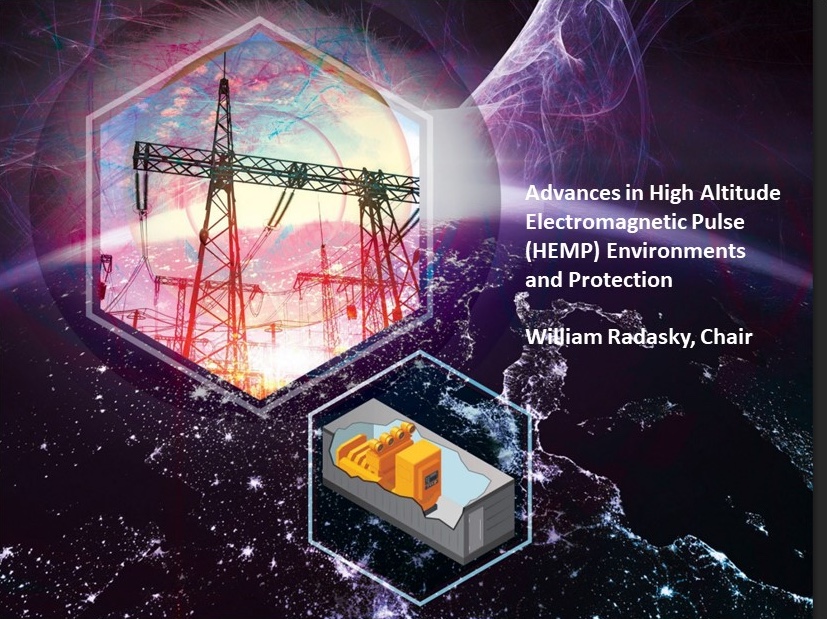
Sponsored by TC-5
Chair: William Radasky, Metatech Corporation, Goleta, CA USA
Location: 305A
Time: 8:30 AM – 12:00 PM
Over the last 10 years the IEC has updated the understanding of HEMP through a series of standards, which have been tailored to the protection of commercial facilities and equipment. The main improvements that have been made recently are to make the standards even more applicable for commercial rather than military purposes. One of the major changes is to avoid relying only on worst-case electromagnetic fields, but rather to show the variability of the HEMP fields in the IEC standards, which generally result in lower levels of the electromagnetic environments, and consequently on more modest protection techniques, such as those found in typical EMC applications. It is noted that individuals with more than 40 years of experience have been invited to describe recent advancements in the HEMP environments. Also, those active in the work of the IEC have been invited to discuss important aspects of protection for commercial applications.






